
 By all appearances, melancholy title aside, For Those Who Think Young sure looks like an AIP beach movie. It’s packed with the series’ essentials: surfing, swimsuits, rock ’n’ roll, Susan Hart and that Frank Tashlin-esque gag of a super-sexy woman’s aggressive shake of her curves causing nearby objects to burst in a fashion typically blamed on poltergeists. Even male lead James Darren looks like Frankie Avalon, right down to that unmistakable helmet of hair.
By all appearances, melancholy title aside, For Those Who Think Young sure looks like an AIP beach movie. It’s packed with the series’ essentials: surfing, swimsuits, rock ’n’ roll, Susan Hart and that Frank Tashlin-esque gag of a super-sexy woman’s aggressive shake of her curves causing nearby objects to burst in a fashion typically blamed on poltergeists. Even male lead James Darren looks like Frankie Avalon, right down to that unmistakable helmet of hair.
Gidget graduate Darren plays Ding Pruitt III, a horny trust-funder whose successful seduction technique is basically the lyrics of “Baby, It’s Cold Outside” personified. His latest object of affection (toward penetration) is Sandy Palmer (Pamela Tiffin, The Fifth Cord), an orphaned college girl who’s “after a Bachelor of Arts, not a bachelor of bikinis.” She’ll have none of his coercive, date-rapey ways — until, of course, he becomes a changed man within 90 minutes, give or take. Unless, of course, the checkbook of Ding’s corpulent grandfather, B.S. Cronin (Robert Middleton, The Harrad Experiment), has anything to say about it; he literally wants Ding to dong as many girls as possible, rather than settle for the virginal Sandy.
That’s about all of the surfboard-skinny plot, another hallmark of the Frankie and Annette pics. Meanwhile, Pamela’s two uncles (corny comedians Paul Lynde and Woody Woodbury, the latter playing himself) struggle as musicians as unhip as your grandmother after a fall. They’re about to lose their filler club gig, where the understandable star attraction is the bump-and-grind act of stripper Topaz McQueen (Tina Louise, roughly a quarter away from Gilligan’s Island’s maiden voyage); in another Tashlin, um, touch, Topaz later descends a staircase with an extra-long wiener in each hand. Speaking of Gilligan, Bob Denver is here to serve as Kelp, Ding’s white slave. Denver’s big scene is a rather disturbing musical number that finds Kelp singing from a veritable coffin of sand up to his bearded mouth and chin, on which Nancy Sinatra has painted an upside-down face.
Although technically a Beach Party rip-off, For Those Who Think Young is a reasonable facsimile, with much of the credit owed to Pop Art-friendly Leslie H. Martinson (1966’s Batman: The Movie) in the director’s chair. The lovely Tiffin is a sexy and wholesome approximation of Funicello, although Darren isn’t nearly as likable as Avalon — because his character is a total ass! Not only is Ding not above stealing a woman’s crutches to pull a ruse for cooze, but he tells Sandy his ding-a-ling is “entitled” to a test run!
More than half a century later, that dated attitude unintentionally adds another layer of entertainment — as does future Exorcist mama Ellen Burstyn in her movie debut as a teetotaler unknowingly getting hammered by spiked fruit punch. Methinks Think Young exudes charm more discernible than all its in-your-face product placement for Pepsi and Baskin-Robbins combined. As the beach-bound extras chant at the close of Denver’s traumatizing tune, “Ho, daddy! Ho, daddy!” —Rod Lott

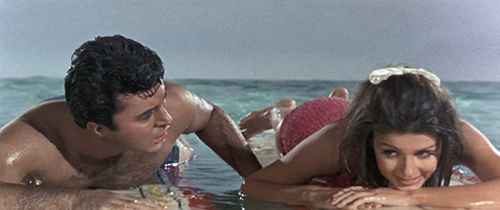

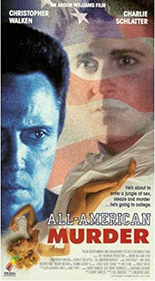
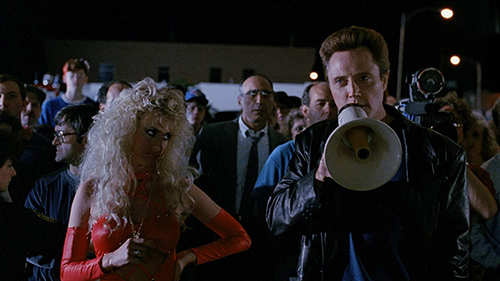
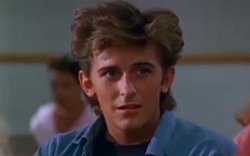
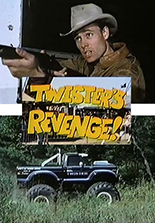
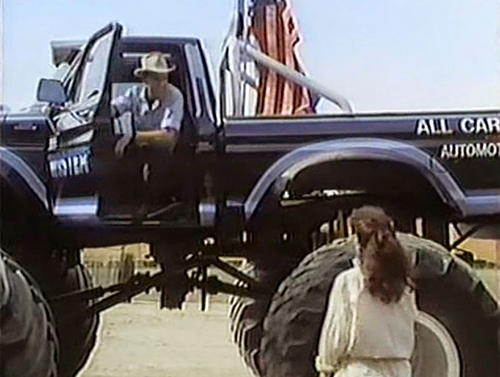
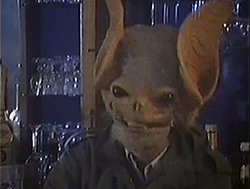
 With Werewolves Within, the big takeaway isn’t that it’s funny, but that it’s
With Werewolves Within, the big takeaway isn’t that it’s funny, but that it’s 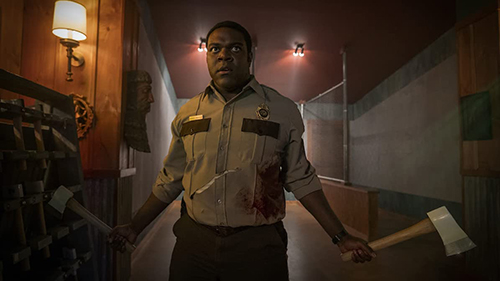

 Unless you’re a pinko commie, hearing the phrase “Olympics upset” should conjure memories of 1980’s “Miracle on Ice” — or at least
Unless you’re a pinko commie, hearing the phrase “Olympics upset” should conjure memories of 1980’s “Miracle on Ice” — or at least 